Welcome to another post from our Plants, Wildlife and Polycultures for Forest Gardens and Regenerative Landscapes series where I'll be sharing some observations and experiences about the various plant species from our forest gardens and regenerative landscapes, as well as interesting plants and polycultures from around the world.
You’ll find plants from different layers of the forest garden, discover some of the vital wildlife you can expect to find in a regenerative landscape and I’ll present some established polycultures as well as providing some suggestions about how to design, build and manage forest gardens and regenerative landscapes.
Forest Garden Plants
Canopy Layer - Prunus dulcis - Almond a sun loving, heat loving nut tree typically grown commercially in Mediterranean climates also grows well in temperate climates without late frosts and summers that get hot. The flowers emerge very early in the season serving well as an early pollinizer (more on that here).
By late Spring the nuts are already well developed and can be consumed at this stage and are referred to as green almonds. Picked too early, and there isn't much of an "almond" inside yet, picked too late and the shell has turned tough and inedible however you should have a four week window in spring, from late May to late June to enjoy the nuts that make an excellent culinary companion to the sweetness of Cherries that will generally also ripen around the same time.
The plant grows well in dappled shade of Alnus cordata in our experience and flowers profusely every year and produces a reliable yield of nuts
We have some great Almond cultivars for colder climates available from our Nursery. Details can be found here.
Shrub Layer - Shepherdia argentea - Buffaloberry is nitrogen fixing shrub from Elaeagnaceae with edible fruits. It can thrive in harsh conditions, tolerating poor soil, drought, and even cold down to -45°C (-49°F)! This makes it a great candidate for planting in dry areas or for erosion control.
The plant is dioecious, meaning there are separate male and female plants. If you want the plant to produce its tart but delicious berries, you'll need to have both a male and female plant within pollinating distance of each other (8 -10 m apart). The berries are a great source of vitamin C and can be eaten fresh, dried, or made into jellies and jams. They are especially tasty after a frost, which mellows out their tartness. I collected some seeds from a plant in Astana Botanical Garden, Kazakhstan last summer and it’s great to see them germinating this spring. For a review of the Astana Botanical Garden in Kazakhstan, the youngest botanical garden I’ve ever visited see here.
Welcome to our Online Store where you can find Forest Garden/ Permaculture plants, seeds, bulbs and Polyculture multi-packs along with digital goods and services such as Online Courses, Webinars and eBooks. We hope you enjoy the store and find something you like. It's your purchases that keep our Project going! Enter Our Store Here
Herb Layer - Foeniculum vulgare - Fennel is a great plant for a forest garden. All parts of the fennel plant are edible! The feathery leaves add a licorice-like flavor to salads, soups, and stews. The bulb/stem can be eaten raw or cooked, while the seeds are used as a spice and digestive aid.
The plant prefers full sun to part shade but will flower most prolifically when planted in full sun. The yellow flowers that bloom in late summer attract bees, butterflies and other beneficial insects, promoting pollination for other plants in your forest garden as well as attracting some excellent pest predators such as Parasitoid Wasps, Soldier Beetles and Ladybugs.
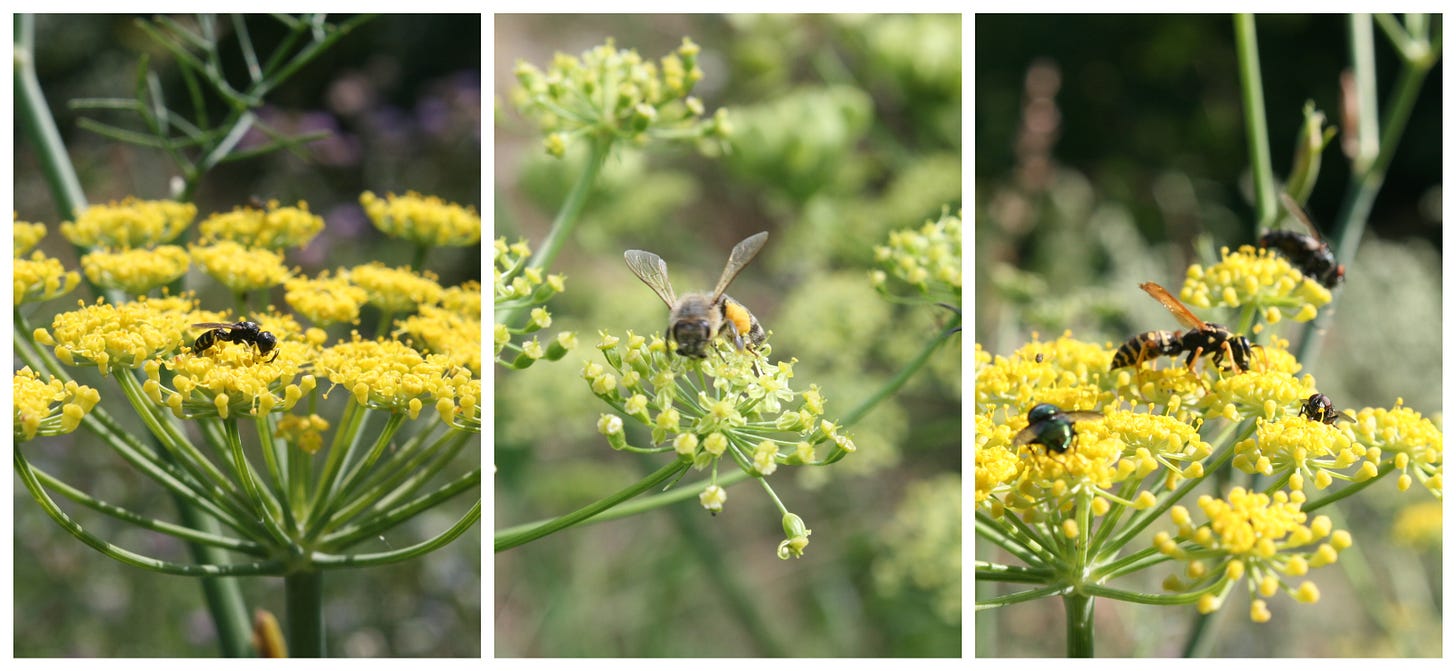
I’m not sure how much evidence for this but Fennel is thought to be a companion plant for some vegetables, like cabbage and broccoli, potentially repelling some pests. The tall, ferny foliage of fennel also adds vertical diversity to your forest garden, creating different microclimates for other plants.
The best part is that Fennel is a drought-tolerant perennial requiring minimal watering once established and comes back year after year. It can self-seed readily, and we’ll often scatter the seed in new bed areas we would like to establish and cut back the growth throughout the season for biomass.
Overall, Fennel adds diversity, beauty, and utility to a forest garden. Its multiple uses and low maintenance needs make it a valuable addition to your edible ecosystem.
Ground Layer - Hemerocallis fulva - Orange Daylily takes awhile to get going but planted in a patch 30 - 40 cm apart it will only take a few seasons before these plants create a dense weed-impenetrable layer. A native to Asia, China, Japan, and Korea the plant is very common all over the temperate world. The plants are easy to propagate forming clumps with expanding tubers that are best divided in the winter with the tubers potted up individually and planted out the following Autumn.
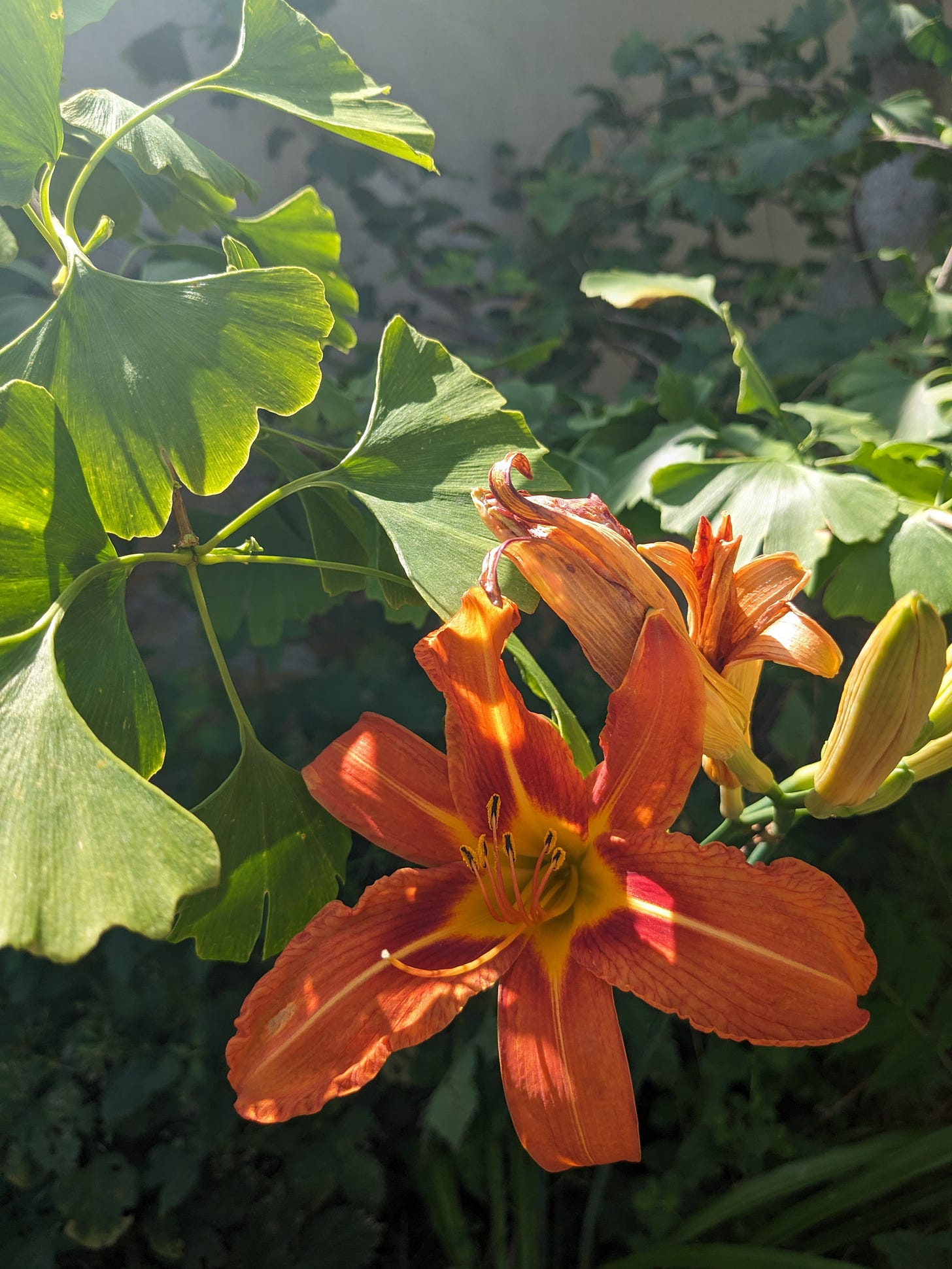
Most parts of the Orange Daylily are edible, including the flowers, flower buds, young shoots, and tubers. The flowers have a slightly sweet flavor and can be enjoyed raw in salads or cooked in stir-fries. The young shoots can be eaten like asparagus, while the tubers can be boiled or roasted and have a nutty flavor, similar to potatoes. It’s a great plant for creating a cover around the borders of a bed or boundaries of a garden and the thick mat that forms will also provide a good reserve of food if needs be.
More on our forest garden plants here and fruit and nut cultivars we grow here.
Regenerative Landscape Design - Online Interactive Course
Want to learn how to design, build and manage regenerative landscapes? Join us on our Regenerative Landscape Design - Online Interactive Course. We look forward to providing you with the confidence, inspiration, and opportunity to design, build and manage regenerative landscapes, gardens, and farms that produce food and other resources for humans while enhancing biodiversity.
You can access the course material at anytime and join the live sessions and interactive forums that run from May - Oct every year. All members of the Bloom Room receive a 500 EUR discount. To take up this offer all you have to do is become an annual subscribers to our Substack and register here with the promo code BLOOM.
I look forward to you joining !
Wildlife - Attracting Slow worms
Slowworm - Anguis fragilis is a legless lizard native to western Eurasia and makes a fascinating addition to a forest garden. Slowworms are insectivores, feasting on slugs, snails, worms, spiders, and insect larvae and can play a significant role in controlling pests.
Thriving in seclusion, these creatures benefit from a habitat rich in security, sustenance, and slumber spots. Forest gardens, with their layered tapestry of trees, shrubs, perennials, and groundcover, provide the ideal haven. This intricate network of hiding places allows them to navigate unseen, evading predators. Additionally, a diverse garden brimming with flowering plants attracts a bounty of insects, creating a steady food source for these slow-moving foragers.
Transform a shady corner into a slow worm sanctuary. Pile logs, branches, and bundled leaves for excellent insulation during hibernation and daytime hideouts. Rock gardens and crevices within dry stone walls become cool, damp refuges, perfect escapes from the summer sun. Here, slow worms can hunt for prey nestled amongst the rocks. As a compost pile matures it will provide a feast of decomposing insects for slow worms and a place for them to hibernate during the winter. Just remember when moving the compost to avoid disturbing these slumbering residents.
Slow worms are cold-blooded and require some warmth to regulate their body temperature. Provide sunny patches with nearby vegetation or rocks for them to retreat to if they get too warm. If you have any south-facing slopes in your garden, consider creating a dedicated basking area for the slow worms. Use flat stones or pieces of slate that will absorb heat from the sun.
Cats in the garden will inevitably hunt for the slowworms and many times our cats have proudly presented mauled slowworms to us. Collars with bells can sometimes deter hunting by alerting slow worms to the cat's presence, however, their effectiveness can vary and probably takes a few generation of slowworms to learn the warning system.
It may take some time for slow worms to discover your new haven, but their presence is a wonderful reward for the efforts.
Polycultures
Here is a ground cover polyculture for under a fruit tree or for a wider section of cover in perennial beds. Naturally these plants will spread outwards over time with Stellara holostea probably be the most likely to advance at the expense of some of the other plants. Some gentle interference in the spring will likely keep the balance.
The tree in this case is Morus alba - White Mulberry but it could be any fruit tree. The ground cover includes native wild flowers, Stellaria holostea - Greater Stichwort , edible Alliums- Allium ursinum - Wild Garlic & andAllium cristophii - Star of Persia, Hemerocallis fulva - Orange Daylily and Rubus idaeus cv. - Raspberry that are just starting to emerge from the cover in April and will bare fruit in late summer.
You can find plants 100's of plants for Forest Gardens, categorized by layer here
That’s all for this week!
Support Our Project
If you appreciate the work we are doing you can show your support in several ways.
Become a member of the Bloom Room. A $70 annual subscription to our Substack provides you with access to live sessions, design tutorials, a members forum and more, see details here.
Make a purchase of plants or seeds from our Nursery or Online Store
Joining us for one of our Practical Courses or Online Courses
Comment, like, and share our content on social media.
Want to learn more about Regenerative Landscape Design? Join The Bloom Room!
The Bloom Room is designed to create a space for more in-depth learning, for sharing projects and ideas, for seeking advice and discovering opportunities.
Ultimately, it aims to build a more intimate, interactive, and actionable relationship between members, a way for the Bloom Room community to support each other’s projects and learning journeys, and to encourage and facilitate the design, build, and management of more regenerative landscapes across our planet.
What you can expect as a member of the Bloom Room
As a member of the Bloom Room you can expect;
Access to an interactive forum where you can ask questions, direct what type of content you would like to see as well as share your own content and projects.
Monthly live session featuring general Q&A and tutorials on design software for creating and presenting polycultures.
Live session every month for members to showcase your projects, plans, designs, and gardens, with guest speakers from the community.
Full Access to all of the content on Substack
500 EURO discount for on our Regenerative Landscape Design - Online Interactive Course.
Future opportunities to join our Global Regenerative Landscape Design and Consultancy Service, with potential roles for those with the will and skill to join our design team.
An opportunity to take part in the group ownership of a Regenerative Landscape. You will find more details on that here.
Become a paid subscriber to our Substack to join. The annual subscription is currently $70 and the monthly subscription is $7 (monthly subscription excludes discounts for products and services) . You can join here, we look forward to meeting you!
We offer a diversity of plants and seeds for permaculture, forest gardens, and regenerative landscapes including a range of fruit and nut cultivars. We Deliver all over Europe from Nov - March. - Give a happy plant a happy home :)

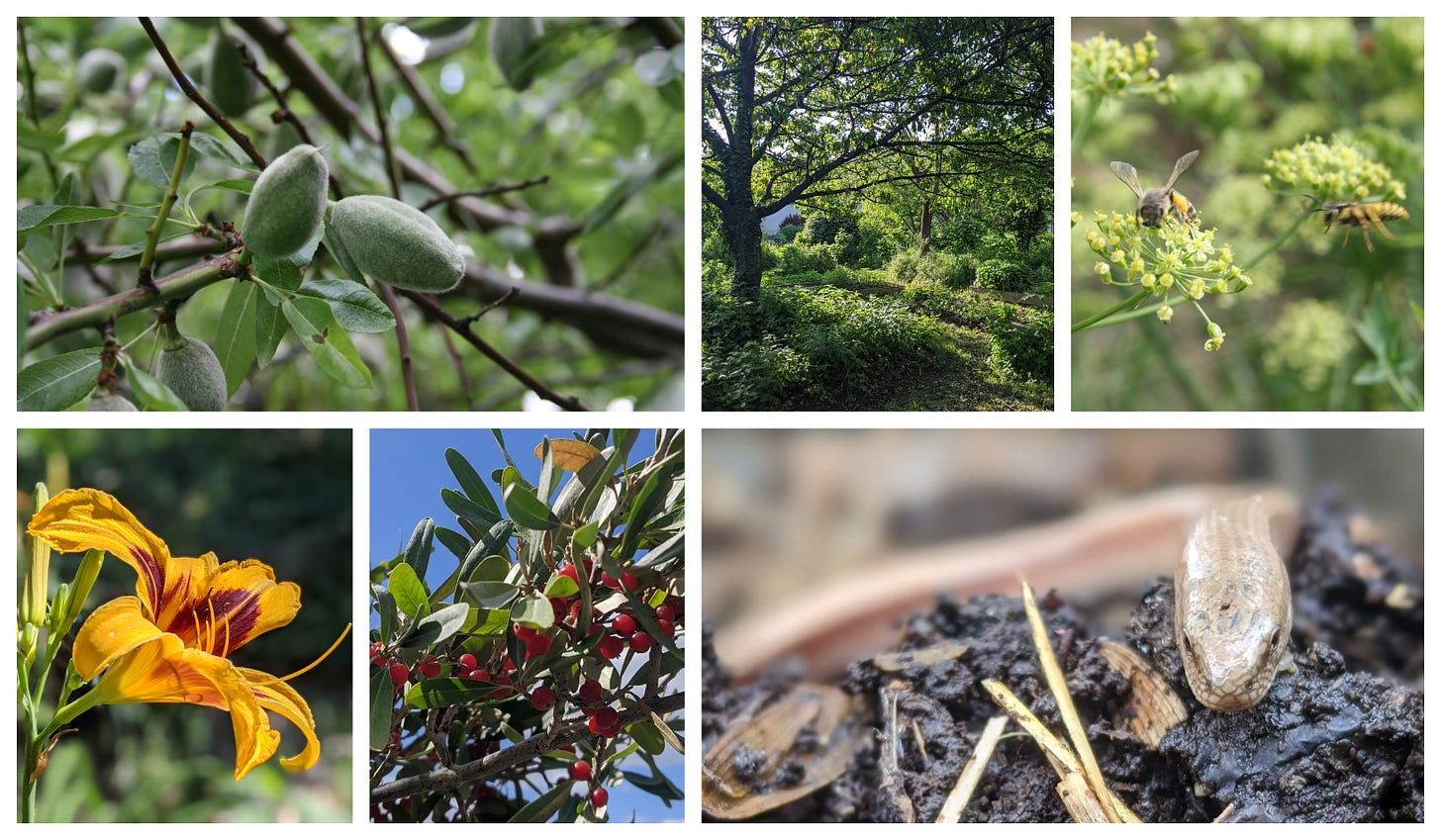
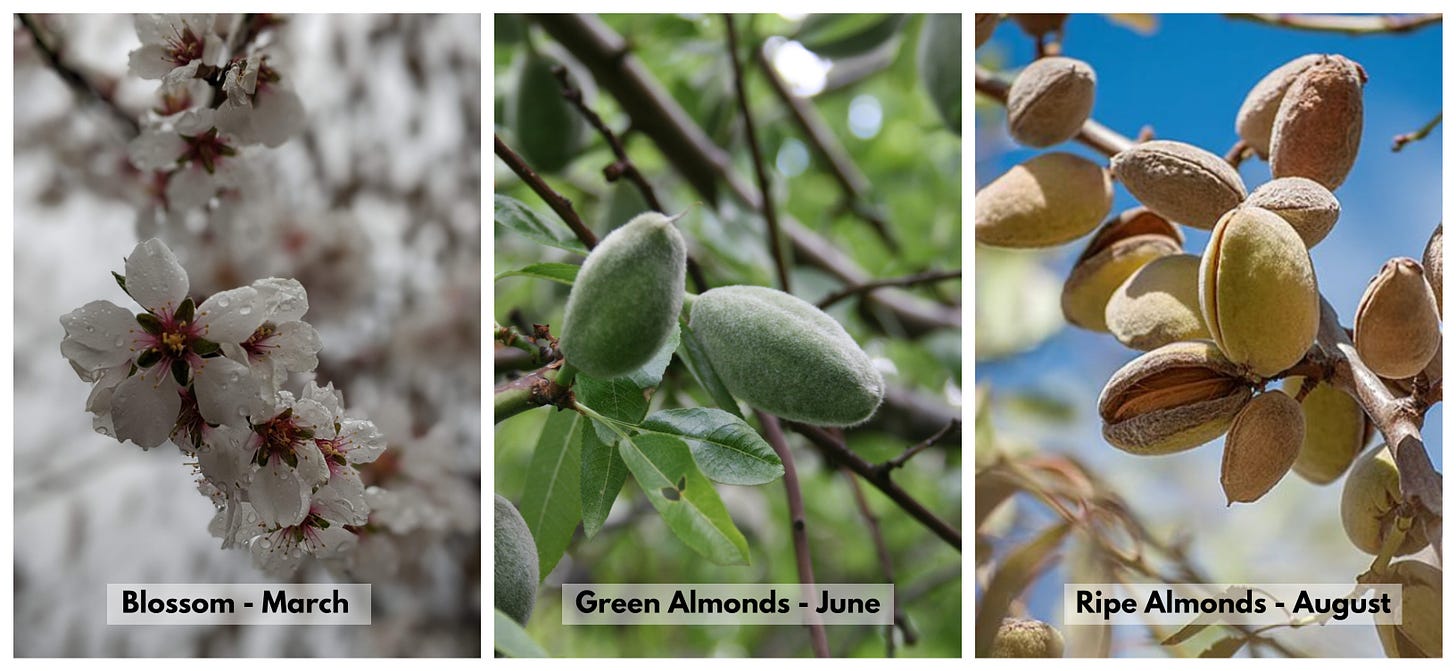
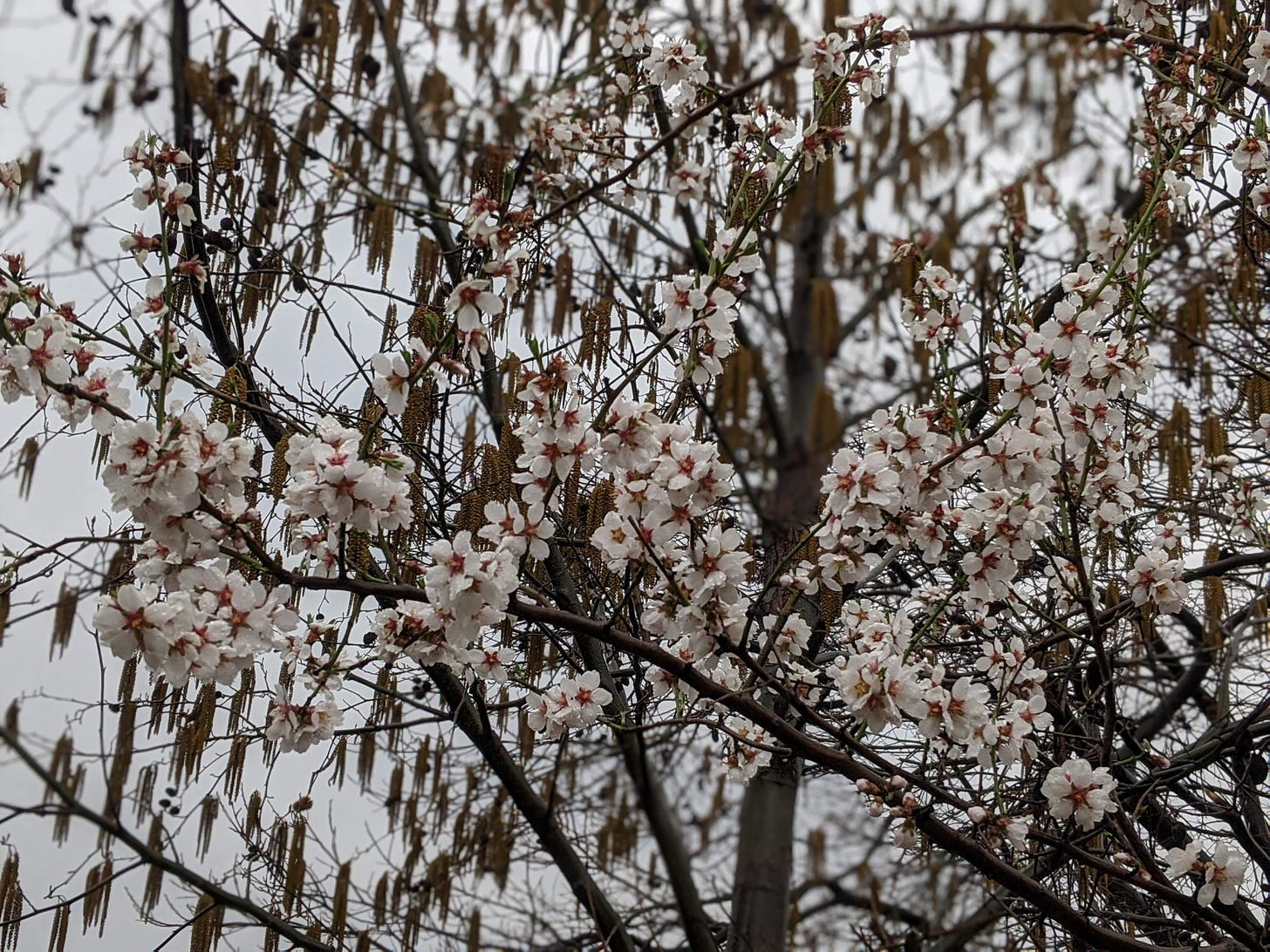

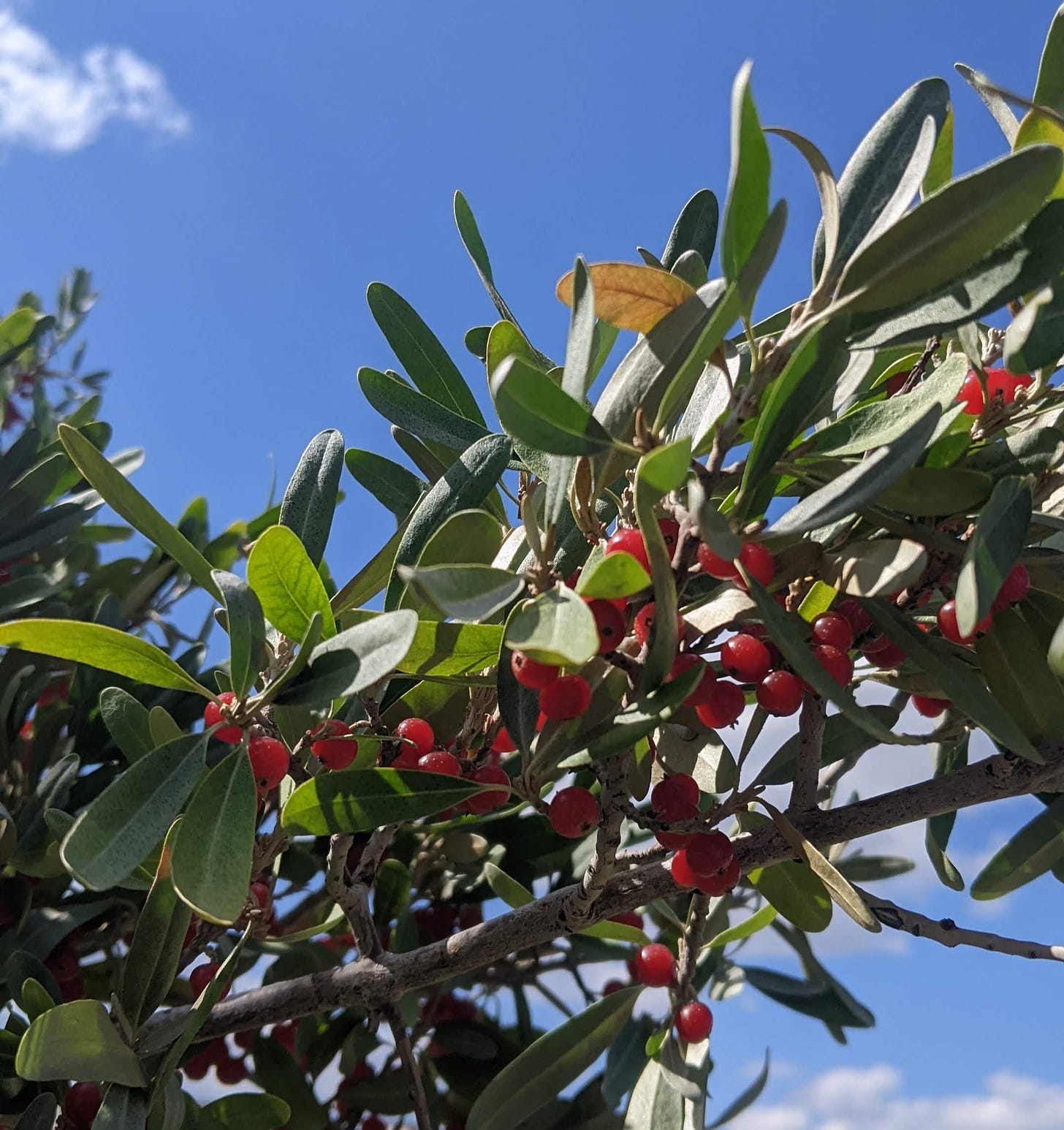
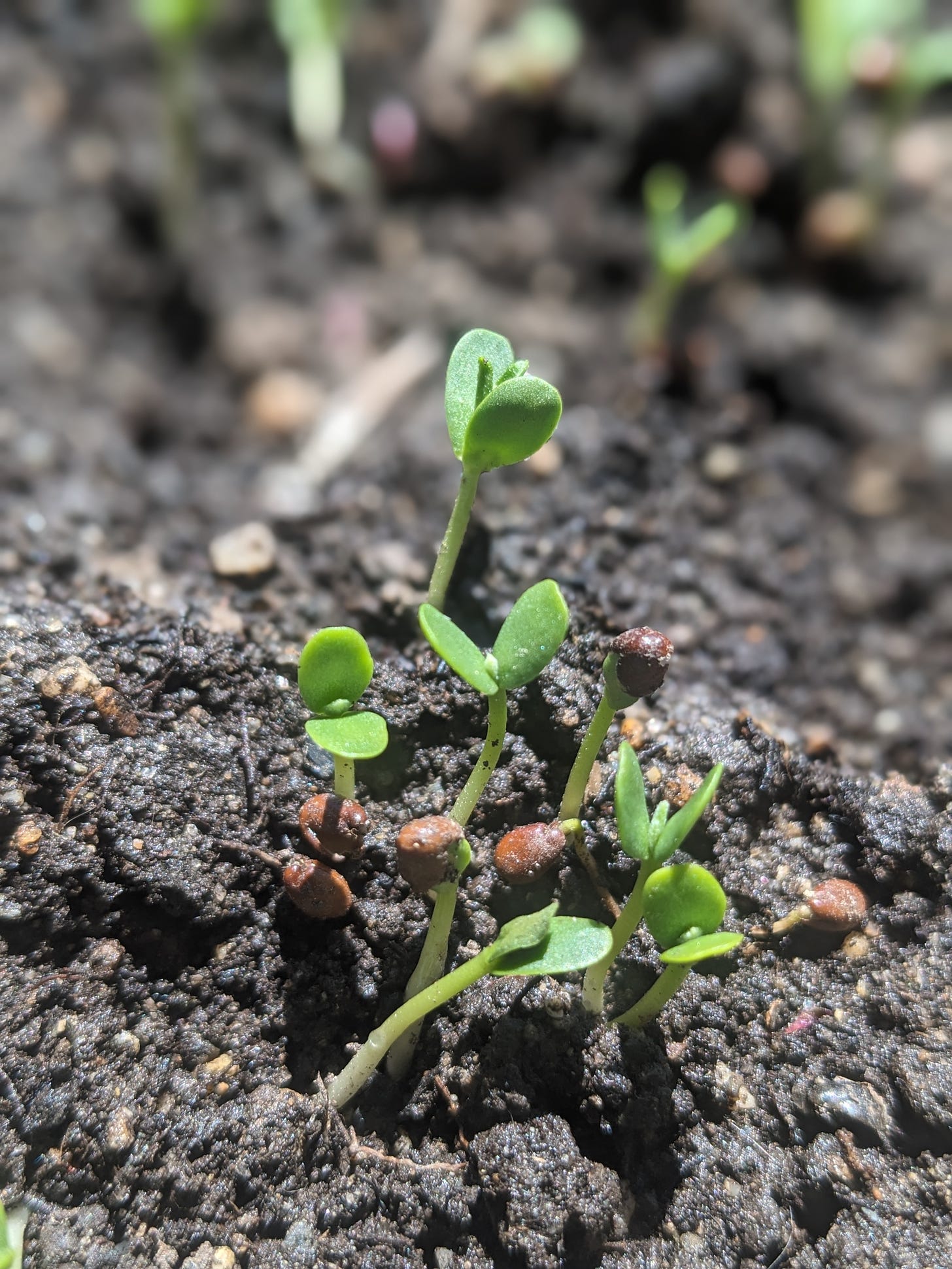
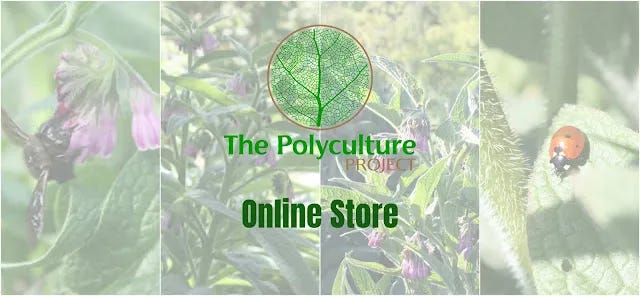
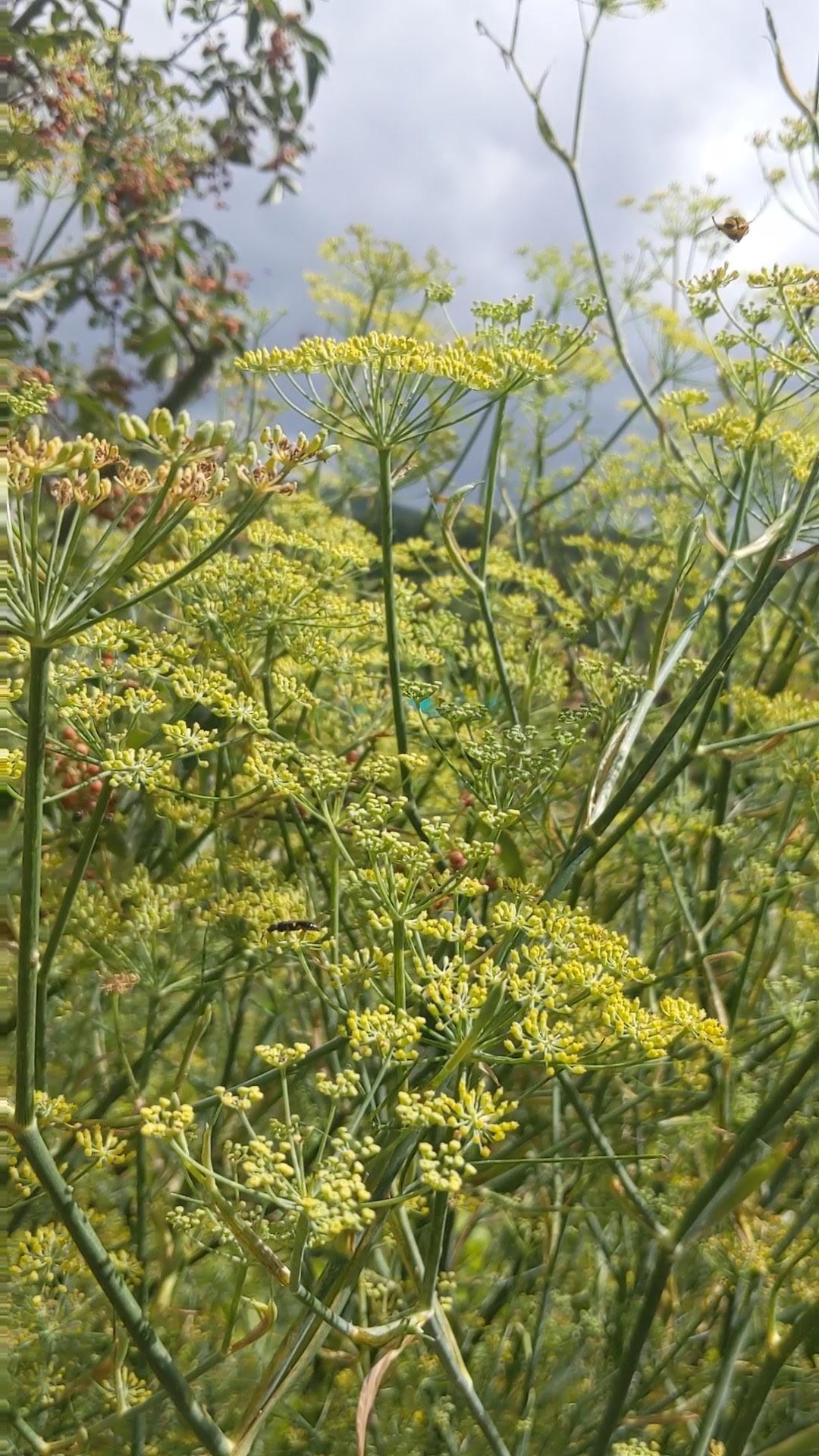
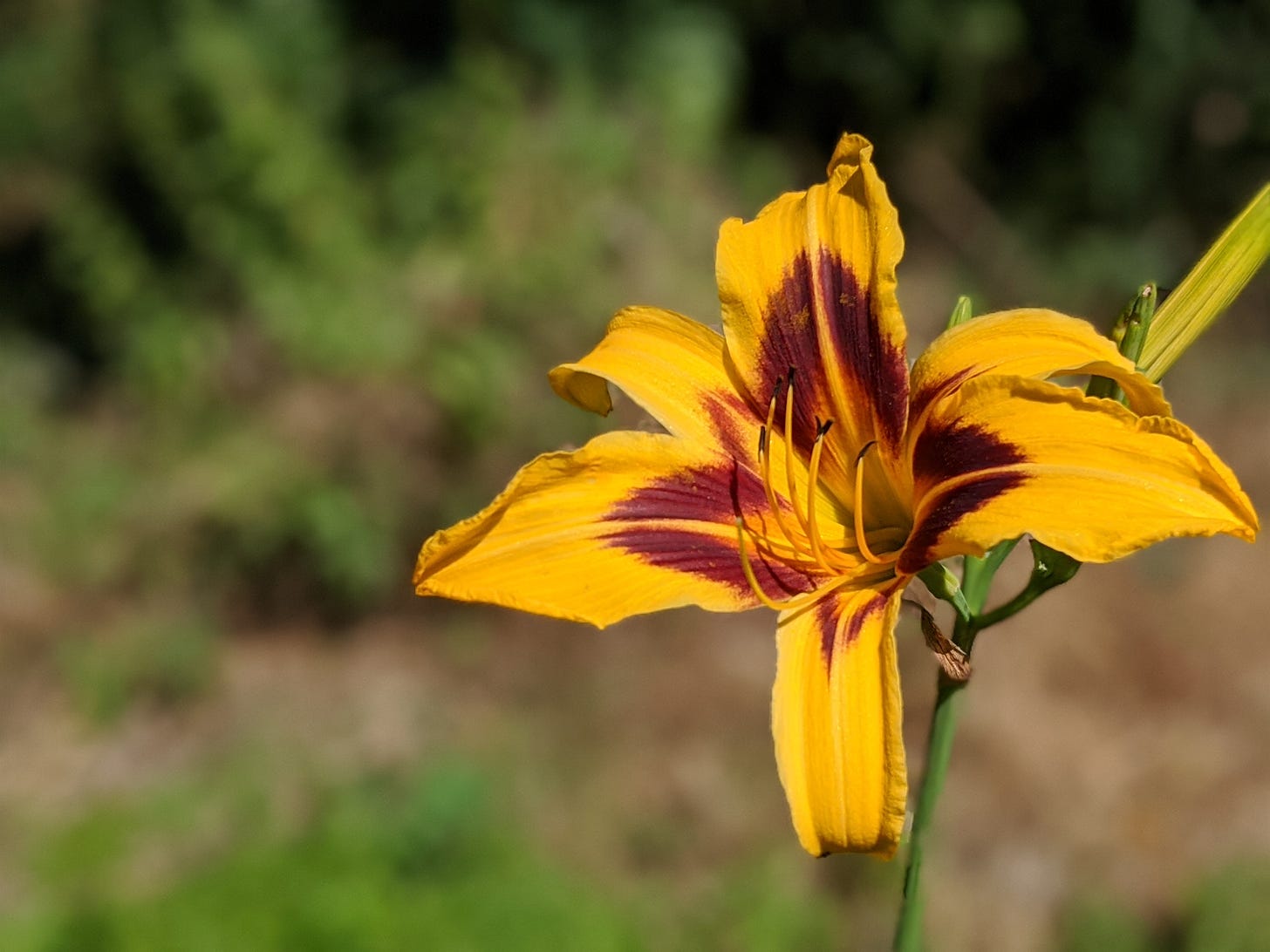
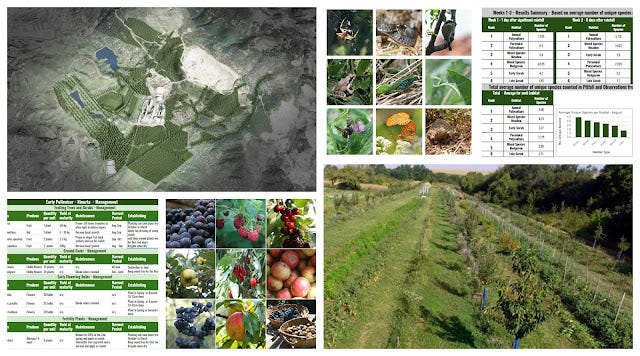
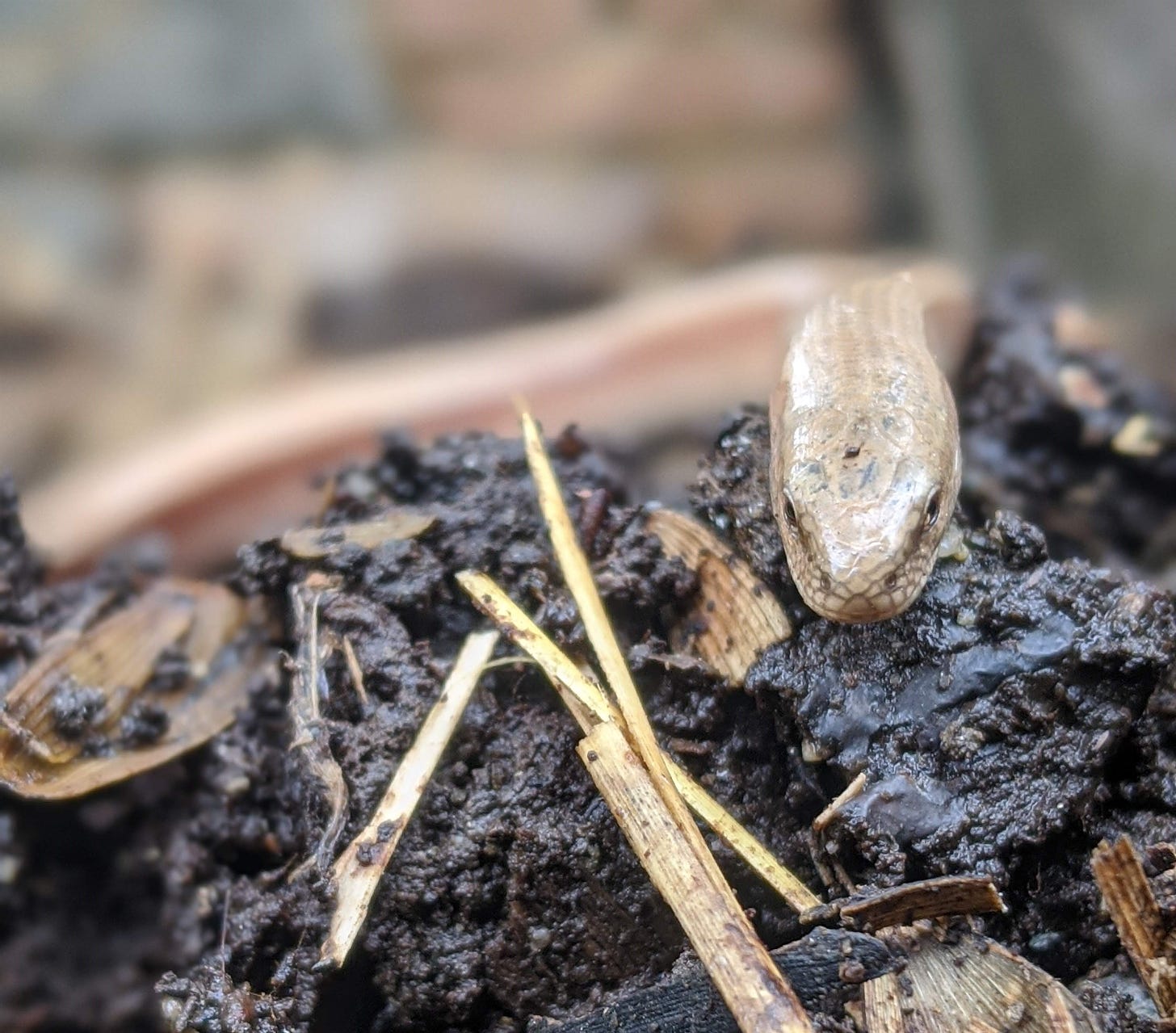
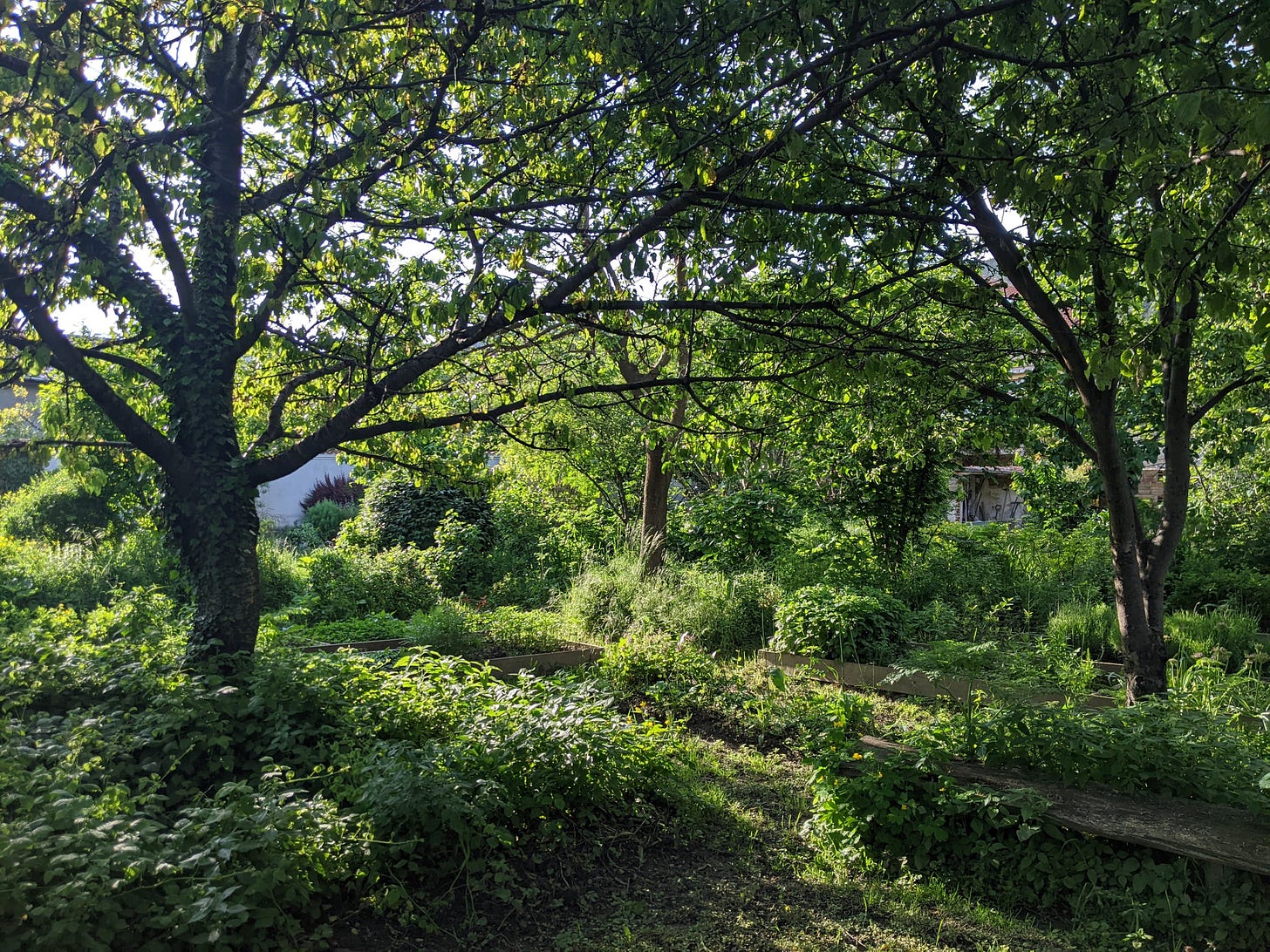
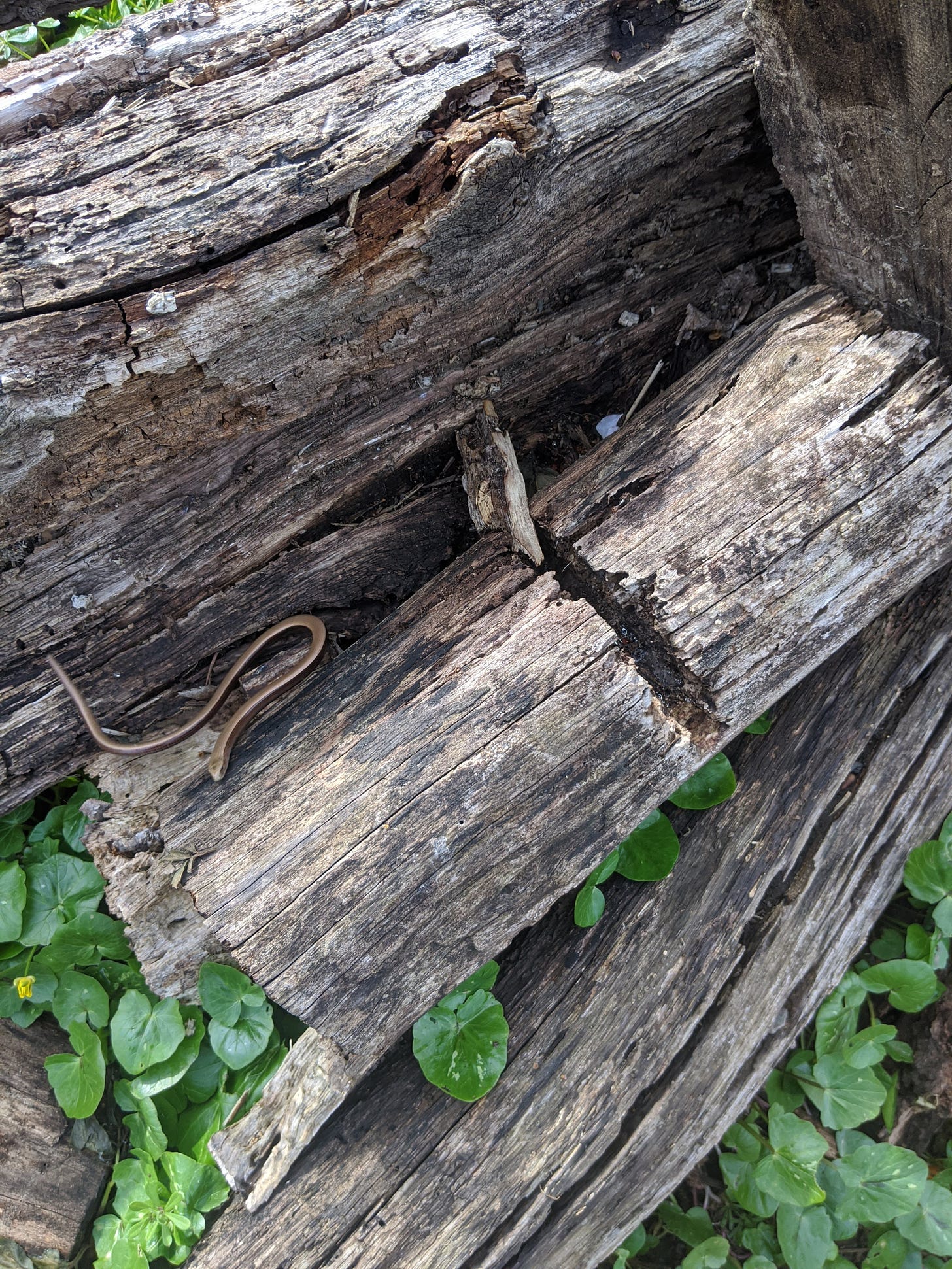
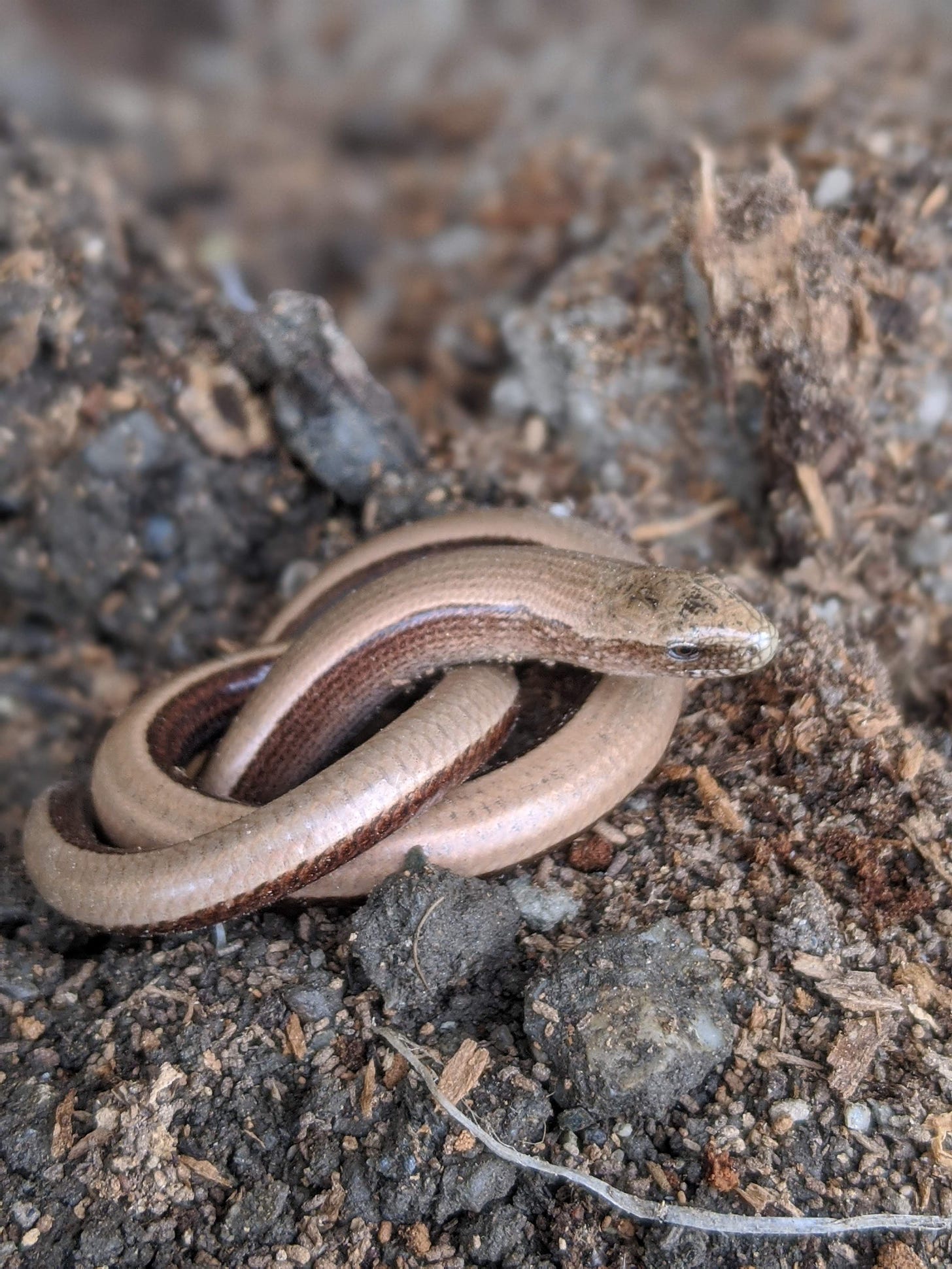
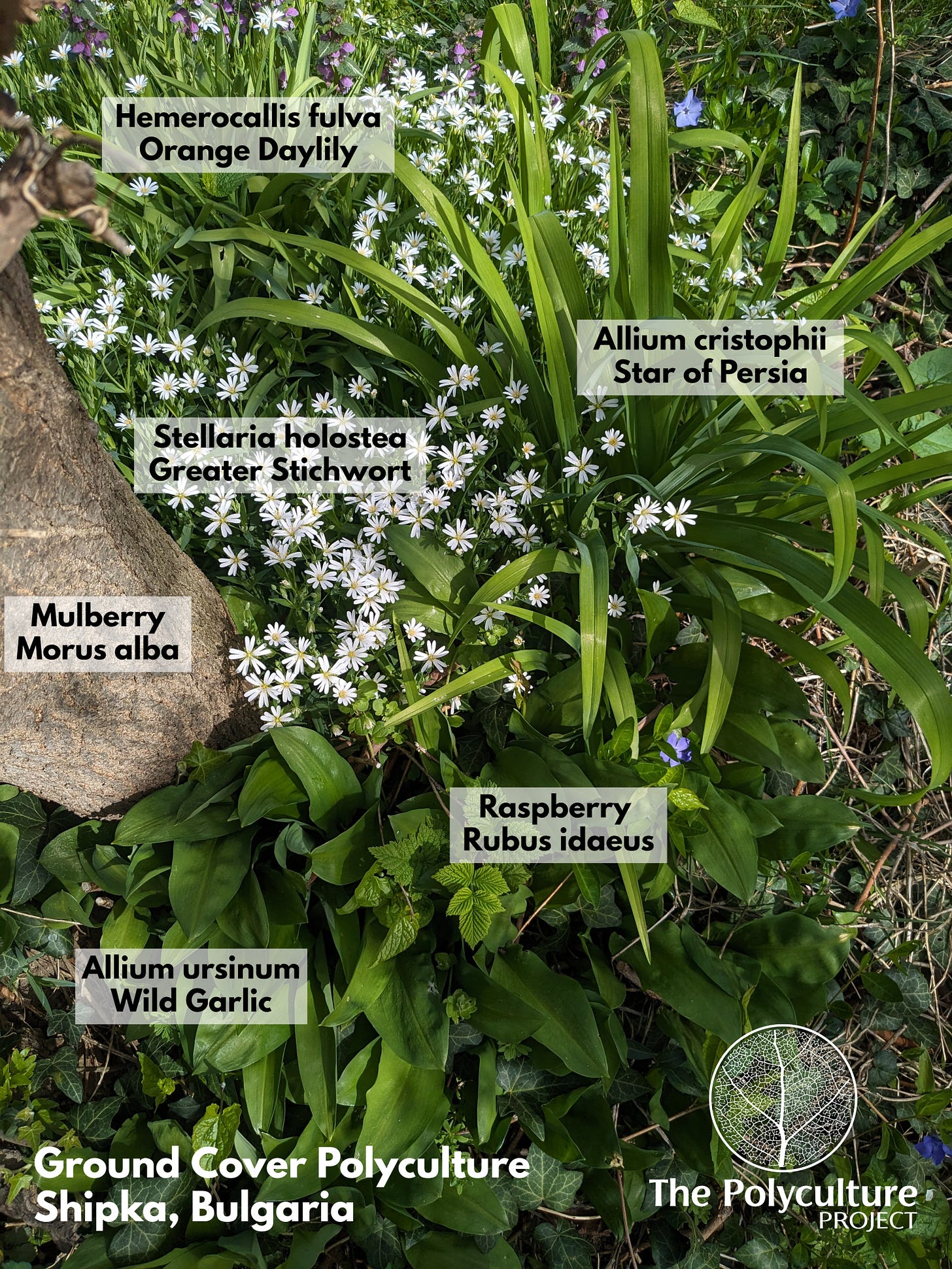
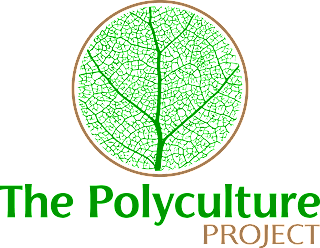

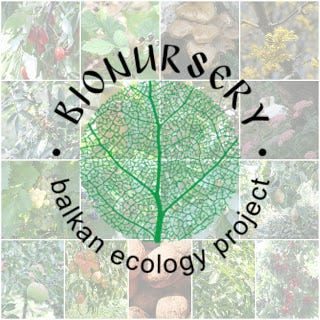
No comments:
Post a Comment